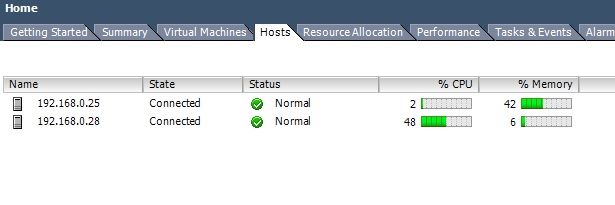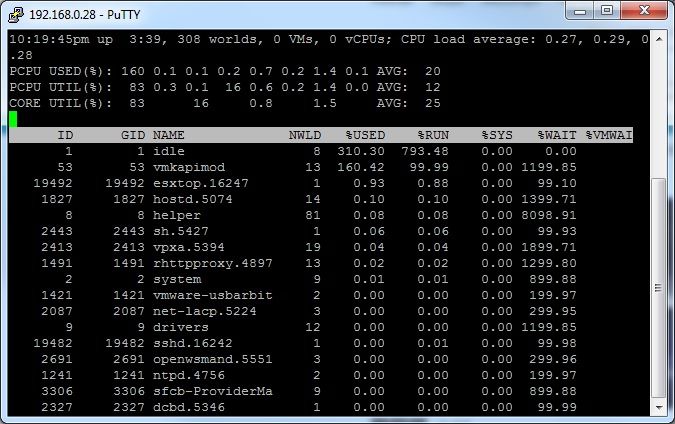This is just annoying. Yesterday I picked up a relatively inexpensive Intel server board and Xeon processor to build a second ESXi server. I already install ESXi 5.1 multiple times. For some reason a lot of the CPU is being used when there is nothing even running.

This picture shows my new ESXi server which has nothing running compared to my other ESXi server which has 7 VMs currently running.

The ESXi server with 7 VMs is barely using the CPU and the new server is using almost 50%. Why would this be?

This picture shows my new ESXi server which has nothing running compared to my other ESXi server which has 7 VMs currently running.

The ESXi server with 7 VMs is barely using the CPU and the new server is using almost 50%. Why would this be?
![[H]ard|Forum](/styles/hardforum/xenforo/logo_dark.png)

